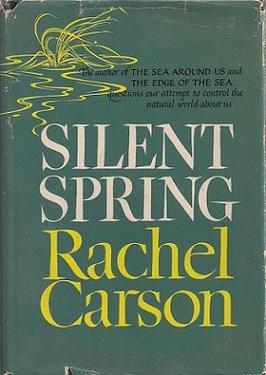Emergence of Earth Day

In the early 1960s, Americans were becoming more aware of the effects of pollution on the environment after Author Rachel Carson published "Silent Spring," a 1962 bestseller that brought attention to the dangerous effects of pesticides. In 1969, a fire on Cleveland's Cuyahoga River shed light on the problem of chemical waste disposal.
Inspired by the anti-Vietnam teach-ins[1] in the 1960s, Wisconsin Democrat Sen. Gaylord Nelson established Earth Day to "shake up the political establishment and force this issue onto the national agenda." Nelson hoped to bring environmental causes into the spotlight by reaching university campuses between spring break and final exams. The first Earth Day held on April 22, 1970 therefore gave a voice to an emerging consciousness about the state of our planet and her environmental distress.
In 1990, a group of motivated environmental leaders approached Denis Hayes, a young activist whom helped pioneer the first Earth Day in 1970, prepared to organize another major campaign. This time, Earth Day went global, mobilizing 200 million people in over 100 countries and highlighting environmental issues like never before. This provided a boost to worldwide recycling efforts and paved the way for the 1992 United Nations Earth Summit in Rio de Janeiro. It was also in 1990 that President Bill Clinton awarded the Presidential Medal of Freedom to Sen. Nelson for his role as Earth Day founder.
Have you thought about what actions you will take this Earth Day to protect our planet? One great, easy way you can help is by dropping your used clothing and shoes in one of our yellow bins or ship them directly to us through Give Back Box.
[1] A teach-in is similar to a general educational forum on any issue, usually one involving current political affairs. The main difference between a teach-in and a seminar is the refusal to limit the discussion to a specific timeframe or academic scope. Teach-ins are meant to be practical, interactive, and oriented toward action.


